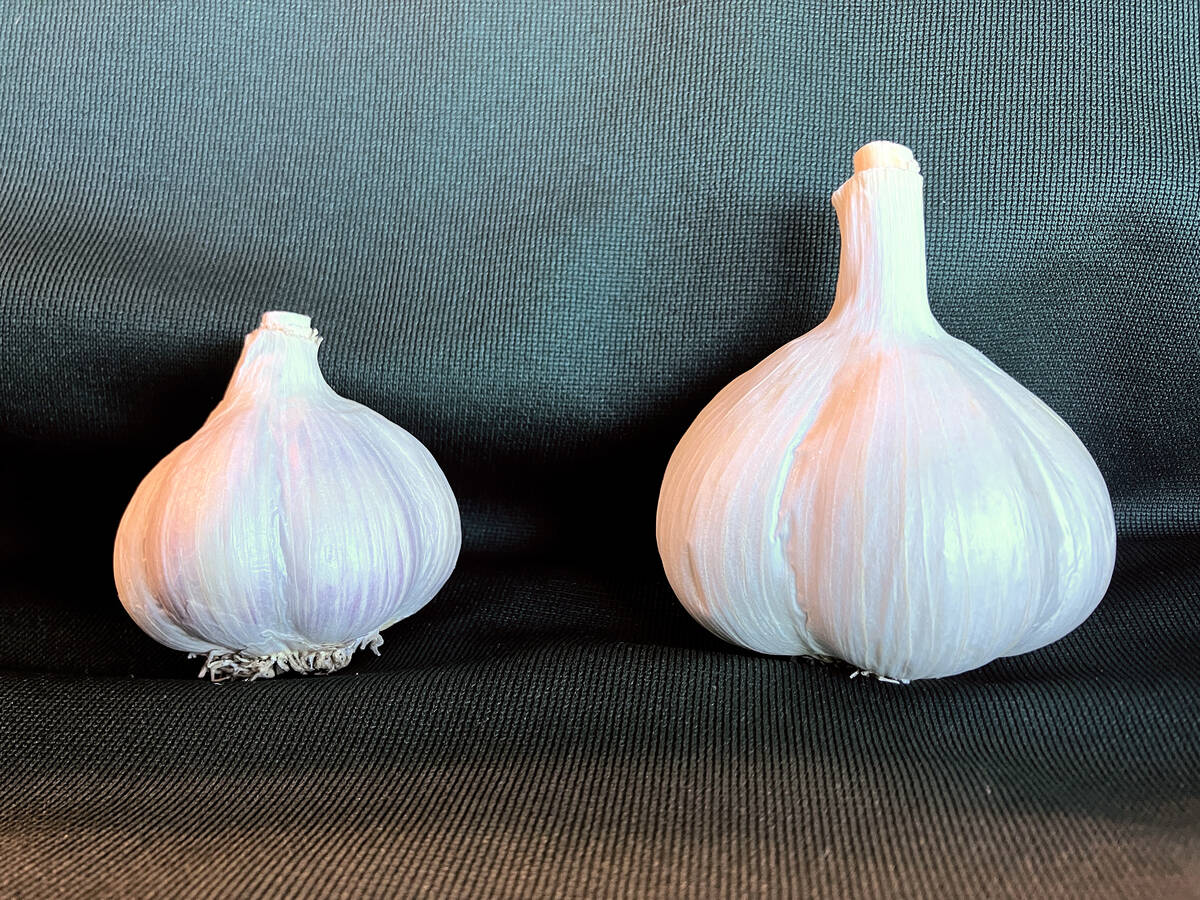A recent study published by University of Lincoln Nebraska (ULN) researchers suggests today’s high corn yields are a direct result of better management and changes in, rather than improved genetics.
Not everyone is convinced.
According to Liz Lee, professor of plant breeding and genetics at the University of Guelph, the lack of stresses considered, time scale limitations and other factors in the study’s methodology make its conclusions questionable. As well, their relevance to Ontario growing conditions is suspect even if the conclusion is true.
Why it matters: If the findings presented by University of Lincoln Nebraska researchers are true, the extreme variation in growing conditions experienced in Ontario likely mean corn genetics are still the top yield driver.
Read Also

Clean seed garlic promises bigger bulbs and higher returns for growers
Ontario garlic trials show clean seed outshines conventional yields, with stronger drought resilience, reduced virus risk and greater economic outcomes.
In the abstract, the study’s authors attempted to quantify the significance of agronomic technologies, genetic technologies and climate change by analyzing “an extensive database collected from the largest irrigated maize-production domain in the world located in Nebraska during the 2005-to-2018 period.”
The overall results:
- 48 per cent of yield gains were associated with a decadal climate trend.
- 39 per cent were the result of better agronomic improvements.
- 13 per cent stemmed from genetic improvements.
“After accounting for the effect of climate and improvements in agronomic management, we found the contribution of genetic technologies to increasing maize yield potential in favorable environments was substantially smaller than reported in previous studies,” it read.
“If genetic progress in yield potential is slowing in other environments and for other crops as well, future production gains will increasingly rely on yield gains from improved agronomic practices and/or increasing crop intensity where possible.”
Lee said the claims made by the ULN researchers are “kind of dangerous.”
Historically, studies looking at the interplay of environment and corn genetics have found positive yield responses from two key factors: the ability of modern hybrids to tolerate higher plant densities; and a longer “stay-green” period.
These results have been seen across a variety of studies in Canada and the United States.
With data collected only between 2005 and 2018, Lee thinks the ULN project timeline is too short and it is difficult to track trends in genetics over a 13-year period.
“The other thing is they didn’t have the ability to ask the question of whether there is an interaction between improved management practices and improved genetics. The bulk of what we’ve seen over the last 70 years are our grain yields are increasing because changes in management have accompanied changes in genetics.
“If you take an old hybrid and treat it like a modern hybrid, it’s not going to do very well. It can’t cope with those densities.”
The ULN study only analyzed high performing modern varieties, which is a problem for Lee, because the presence of old hybrids in the study’s methodology would have been noticeable. She says the ideal growing conditions – the study gathered data from steadily irrigated and nutrient-fed fields – is another problem.
“You’re really growing it in a non-stress environment. How does that translate to Ontario? It doesn’t translate well,” says Lee. Ontario is characterized by a “really variable stress environment” from year to year.
“I would argue most of our modern hybrids have had a huge increase in what I would call resilience. A modern hybrid, if it’s under drought stress, it’s still going to set a decent ear. If it’s under drought stress at silking time, it’s still going to silk. These are characteristics which wouldn’t have existed in a hybrid [in Ontario] 30 or 40 years ago.”
So, what’s the main point of the ULN study? Lee says she is not sure. It might be true that a Nebraska farmer could incorporate its conclusions by putting less weight on variety selection, more weight on management practices, and still grow a stellar crop. The same is likely not true outside of ideal growing conditions.
Highly variable weather patterns are an element of climate change. Those plus Ontario’s already variable growing conditions show the need for resilient hybrids is even greater.
“I would say [the ULN study] is very limited in utility to a very narrow set of environments and geography…Don’t give up on breeders. Breeding is still pretty important if we want to continue to move forward.”















